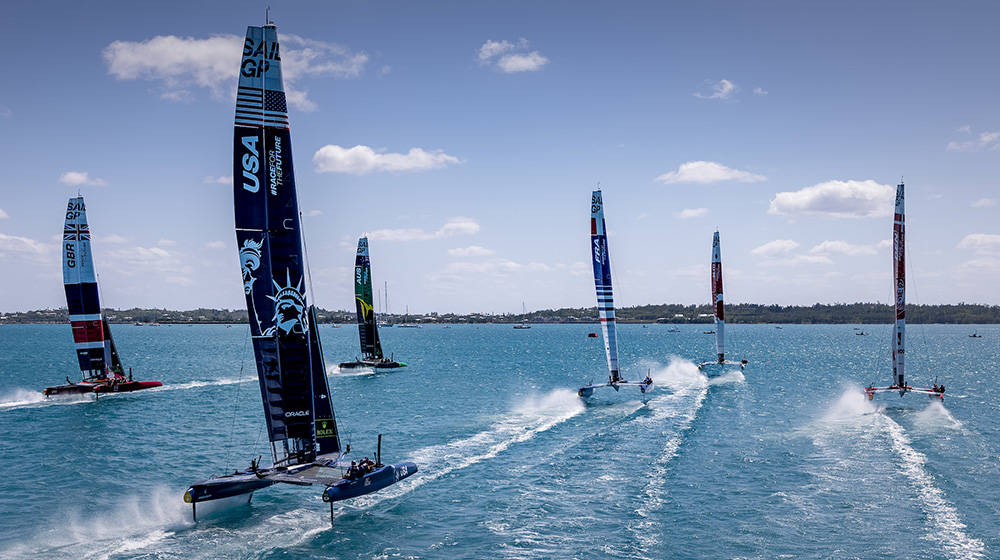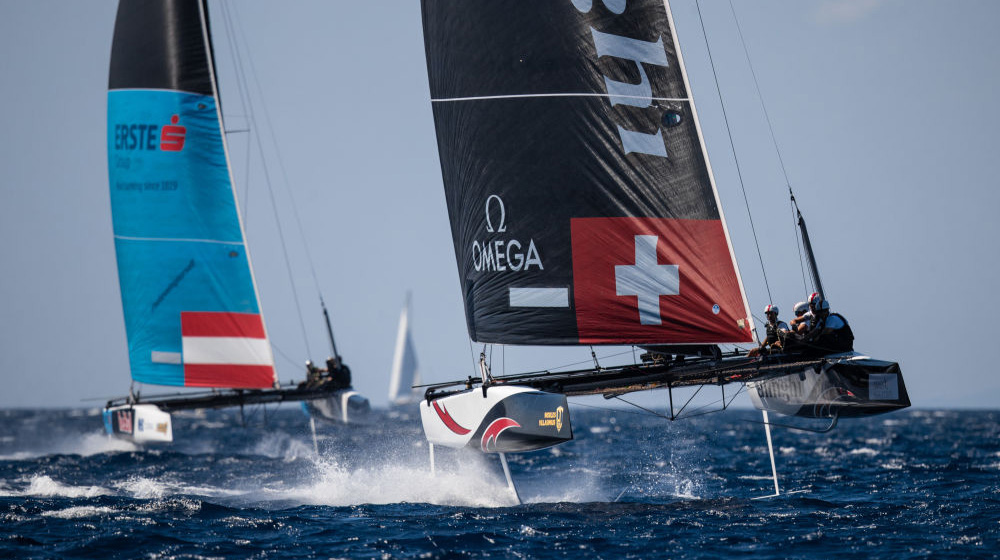
Types of boat mooring
Boat moorings are essential to maintain the safety and stability of a vessel when moored at a harbor, dock or pier. There are several types of moorings, each designed to suit different types of boats and mooring conditions. In this article, we will explore the most common types of moorings and their applications.
Long moorings
1.Bow moorings
The bow mooring is used to secure the front of the boat to the dock or pontoon.
It consists of a rope or line connected to the bow of the boat and then secured to the dock with a suitable knot or tie. This type of mooring helps to keep the boat aligned and stable while moored.
2.Stern mooring
Similar to the bow mooring, the stern boat mooring is used to secure the rear of the boat to the dock.
It is connected from the stern of the boat to the dock and secured with a strong knot. This type of mooring helps prevent the stern of the boat from moving away from the dock due to currents or wind.
3. Spring Ties
Spring moorings are a type of restraint that operate diagonally, emulating the function of springs, hence the name spring. These moorings are designed to prevent longitudinal movements when the vessel is berthed.
4. Bitte mooring
Bitts are fixed mooring devices installed on the dock or on the deck of the vessel. They are used to secure mooring lines and provide secure attachment points .
Bita-type boat moorings are ideal for larger boats or in prolonged mooring conditions, as they distribute the load evenly and reduce the risk of damage to mooring lines.
5. Cleat mooring
Cleats are horseshoe-shaped devices mounted on the deck of the vessel or on the quay. They are used to attach mooring lines by wrapping the line around the cleat horns.
This type of mooring is quick and easy to adjust, making it ideal for situations where quick adjustmentof line tension is required.
6. Herringbone mooring
The herringbone mooring is a type of mooring used to connect two mooring lines together or to create a mooring point on a long mooring line. It consists of making a loop in one mooring line and then passing the other line through that loop, forming a "herringbone".
This type of boat mooring is useful for temporarily securing two mooring lines together or to create an additional mooring point on an existing mooring line.
7. Elbow moorings
These lines are tied at the bow or stern and are used to moor the boat to a buoy in a harbor or dock. Another line is connected from the opposite side to the dock.
Its purpose is to keep the boat away from the dock to prevent damage to the hull during bad weather. They can also be used as an undocking aid.
Mediterranean mooring
Mediterranean mooring involves securing the vessel parallel to the dock or pier.
It requires the use of two anchors, one at the bow and one at the stern, as well as ropes or chains connecting the vessel to the dock or pier. This technique is ideal for larger vessels and for areas with high boat traffic.
Boat moorings are critical to maintaining the safety and stability of a vessel while docked. With a proper understanding of the different types of moorings and their applications, boaters can effectively secure their boats and ensure a safe and trouble-free mooring experience.
Always remember to inspect your moorings and lines regularly for signs of wear or damage, and replace any defective equipment to maintain safety in port.













_v2.svg)
_v2.svg)









_v2.svg)


